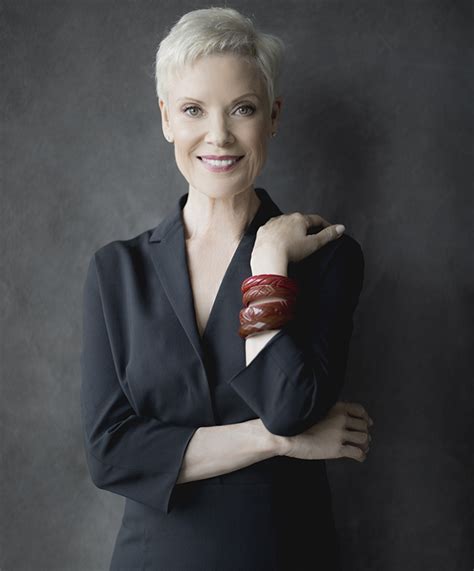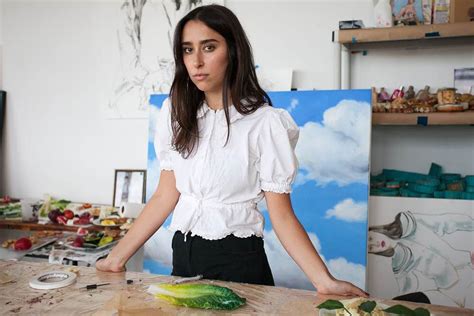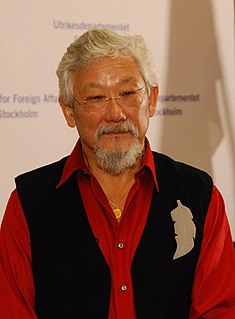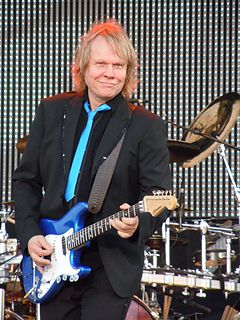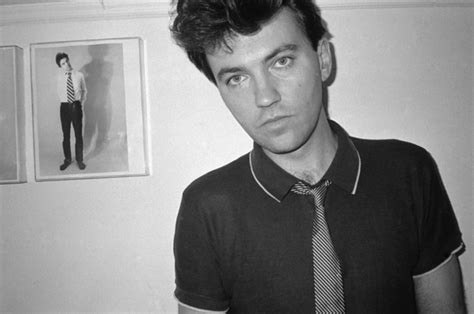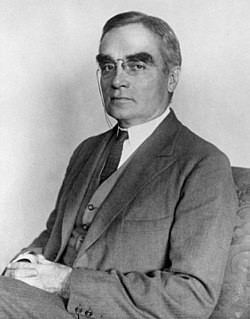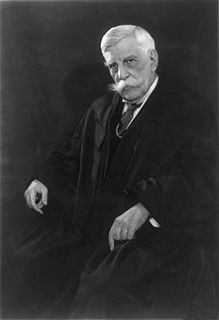A Quote by Irving Kaufman
Simply according artistic works the same protection as nonartistic works may not be sufficient to protect creativity. After all, the very essence of artistic expression is invention and artists necessarily draw on their own experience. But if the rules of liability are unclear, artists will not be able to know how much disguise is sufficient to protect their claims from the claims of those who may see themselves in the portrayals.
Related Quotes
My tiny baby blossoming art collection is comprised of works by artists I have either assisted or been mentored by, artists I am friends with, or artists I have traded with. As much as I want to and aspire to acquire works from established artists, I love acquiring works from my contemporaries in order to participate in this moment in time. The advice I would give is know what you like, take your time, and invest in things you feel connected to, as opposed to buying something because it seems cool or "of-the-moment."
How do commercial interests usually protect themselves from liability claims? Through insurance. In fact, in our society, the litmus test for safety is insurance. You can be insured for almost anything if you pay enough for the premium, but if the insurance industry isn't willing to bet its money on the safety of [biotechnology], it means the risks are simply too high or too uncertain for them to take the gamble.
The traditional difficulty of balancing the mechanical with the imaginative schools of photography still operates. In schools of photography meaningful art education is often lacking and on the strength of their technical ability alone students, deprived of a richer artistic training, are sent forth inculcated with the belief that they are creative photographers and artists. It is yet a fact that today, as in the past, the most inspiring and provocative works in photography come as much (and probably more) from those who are in the first place artists.
What an artist does, is fail. Any reading of the literature, (I mean the literature of artistic creation), however summary, will persuade you instantly that the paradigmatic artistic experience is that of failure. The actualization fails to meet, equal, the intuition. There is something "out there" which cannot be brought "here". This is standard. I don't mean bad artists, I mean good artists. There is no such thing as a "successful artist" (except, of course, in worldly terms).
Originality is another criterion of aesthetic value. We may formulate an originality principle, according to which highly valuable works of art provide hitherto unavailable insights.... Notice that, although originality is a necessary condition of high aesthetic value, it is far from a sufficient condition. Many original works have little or no aesthetic value. An artwork may present a novel but uninteresting perspective, or one that is original but wrong.
I'd seen all the great entertainers by the time I was 14 or 15. My mother was artistic. My father was a bookmaker, so he had access to all those nightclubs, and he was smitten by certain artists, and we would go see them. We'd see comics like Sid Caesar and Milton Berle - those kind of artists - many of whom I worked with later in my life.
Let me have my tax money go for my protection and not for my prosecution. Let my tax money go for the protection of me. Protect my home, protect my streets, protect my car, protect my life, protect my property...worry about becoming a human being and not about how you can prevent others from enjoying their lives because of your own inability to adjust to life.
Unfortunately, young Russian artists are in a difficult position today. Painting, like all other arts, rests on a continuity of experience. More than anything, young painters and sculptors need to know the works of their immediate elders. Such a continuity does not exist here to a sufficient degree in the visual arts.
I think what happened in the last 10 or 15 years in the art market is that all the players - and that includes artists, dealers, art advisors, everyone - basically became dealers. We've had old-school collectors morph into speculators, flipping works. We've seen auction houses buying works directly from artists or from sleazy middlemen. The last step before the crash was the artists themselves supplying the auction houses. Dealing themselves, you know? The art world is as unregulated as any financial market there is.
The artistic temperament is a disease that affects amateurs. Artists of a large and wholesome vitality get rid of their art easily, as they breathe easily or perspire easily. But in artists of less force, the thing becomes a pressure, and produces a definite pain, which is called the artistic temperament.
I firmly believe in and support everyone's right to freedom of artistic expression. STEEL MAGNOLIAS is my artistic expression, and it is my right to say that its female characters be portrayed by women. The concept of a play set in a beauty parlor where men portray women is a terrific idea. If that is someone's artistic expression, I encourage them to write their own play as soon as possible.

